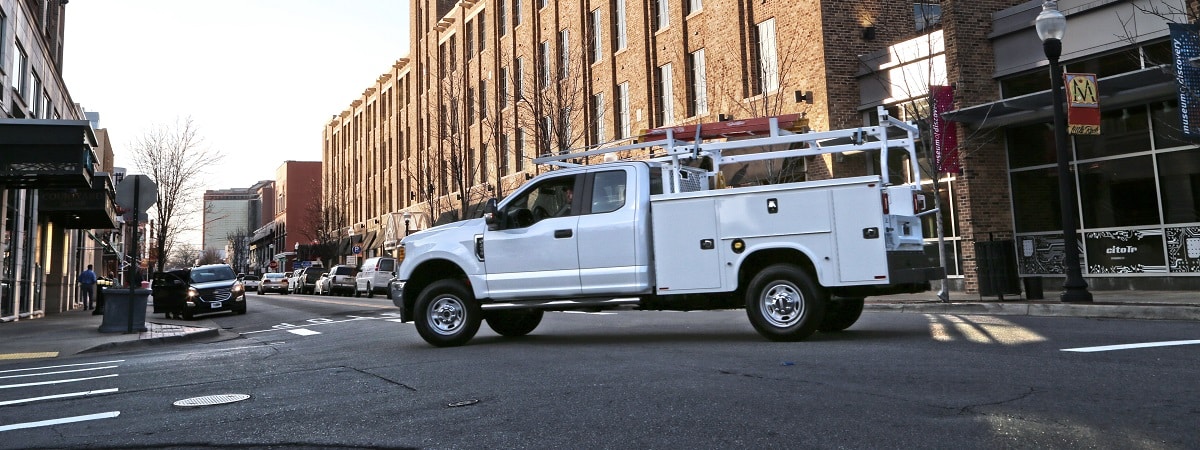August 24, 2019
SHARE
Jobsite safety is something companies spend countless hours and dollars on to make sure their employees are adhering to guidelines and are safe at work. However, something that often gets overlooked is the need to practice safety guidelines in the vehicle when on the road and the jobsite.
Some of these tips are observed Occupational Safety and Health Administration guidelines while others might be common sense, but they’re all worth practicing to remain safe while at work.
The Rules Of The Road
Obeying the basic rules of the road should be a given, but that’s not always the case. But, when it comes to things like obeying speed limits, wearing seatbelts and driving safely within the law, you and your company’s livelihood could be on the line.
Not only are moving violations costly, they can also be dangerous for you, your company and others. Avoid tickets, litigation, or, worst of all, injury by driving safe and driving legal.
Drive For Your Cargo
Not all driving conditions are created equal. Much like we change our driving behaviour for rain, sleet, snow or dry conditions, we must also do the same depending on our vehicle and its cargo.
Whether towing a trailer, loaded up with jobsite supplies or carrying an unusually hefty load, it’s important that your cargo is secured properly, you keep your speed within reason and maneuver safely for your situation.
Park It
Parking your vehicle isn’t alway on the safety checklist, but it should be. There are actual OSHA guidelines pointed toward safe parking on a jobsite, so it’s important not to ignore it.
The first thing to consider when parking is visibility. You need to see your surroundings in order to safely park a vehicle. Whether that visibility comes from rear windows, a backup camera or an actual spotter, you must ensure visibility for safety.
A second mechanism of parking safety is awareness. Not only is this your awareness of your vehicle and its surroundings, but also the awareness of those around you. Many commercial vehicles are, and are mandated to be, equipped with an audible backup alarm to ensure the safety of those near your vehicle when parking.
Leave The Distractions Behind
As we try to squeeze more hours out of the work day, the issue of distracted driving doesn’t just apply to our personal vehicles anymore. Don’t let the workaholic in you fall into the distracted driving trap.
It can wait. That’s the slogan always touted about texting and driving, and it’s true for both texts and phone calls. It might be enticing to take care of some of your “office work” while between jobsites, but it’s not worth it. If you must take a call while on the move, make sure your vehicle is equipped with a hands-free system or simply pull over.
Speaking of hands free, there are a number of other distracting things we try to sneak in in the interest of time.Things like eating, checking for directions, changing radio stations or even looking out the window are all potentially dangerous distractions.
When it comes to safe driving, the best advice is to use common sense. Obey traffic laws, drive for your situation and cargo, and leave the distractions behind to keep you and others safe on the road.


